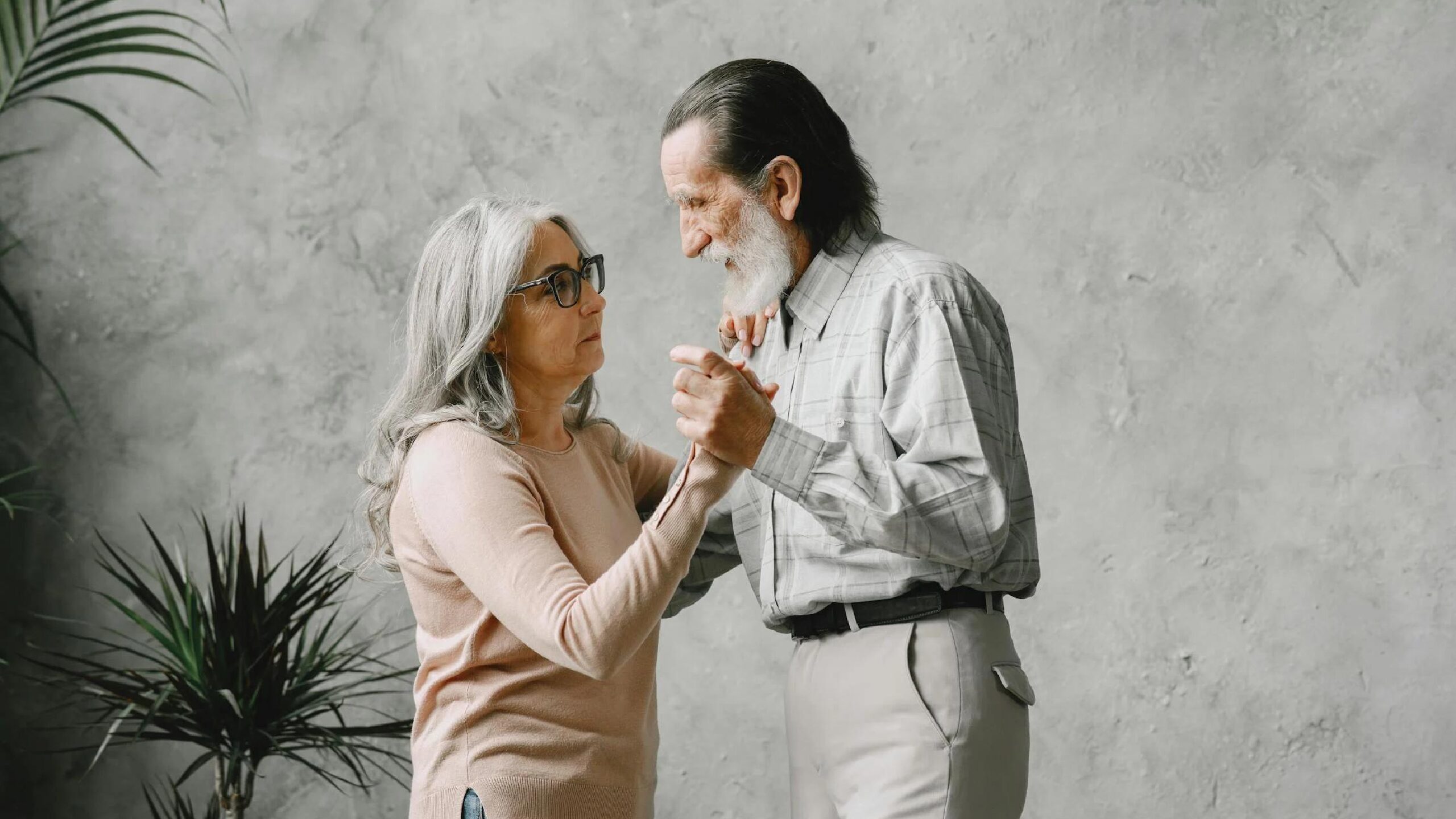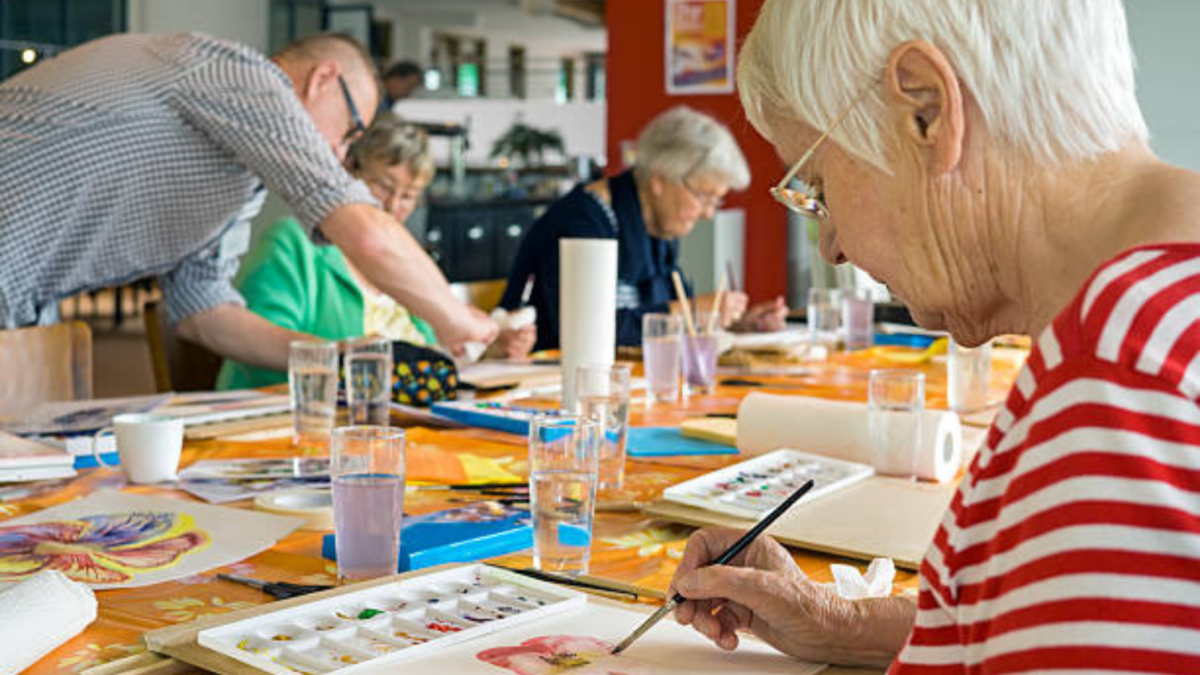How to dance your way to health and happiness
Dancing is not just a form of entertainment; it’s a fantastic way for seniors to stay fit, healthy and socially active. Did you know that dancers have a 46 per cent lower risk of cardiovascular death compared with those that don’t dance? It’s enough to get your foot tapping.
You don’t need to be good enough to compete in global competitions or apply to join a ballet company to enjoy dancing and get real health benefits from it. Beyond the physical benefits, dancing also enhances cognitive skills, improves your mood and provides a sense of belonging.
Of course, some forms of dance are better for seniors than others. Here are some options to decide what is right for you.
Jazz
Jazz dancing is a lively and rhythmic style that offers seniors a chance to improve coordination, flexibility and cardiovascular endurance. Basic jazz steps such as kicks, turns and jumps can be easily learned, providing both a mental and physical workout, while also being a lot of fun from the very first class.
Another benefit of jazz dance is how easy it is to take up. Classes are widely available at local dance studios and community centres, or you could even look up videos online to get started from the comfort of your own home.
Salsa
Salsa dancing, with its Latin-inspired flair, adds spice to seniors’ exercise routines. Yes, salsa has a reputation for being a dance for hot young lovers, but it’s a light and easy exercise that almost everyone can enjoy – and look great while doing it.
Whether dancing with a partner or going solo, salsa challenges balance and agility. The sensual and energetic music not only adds excitement but also improves cognitive skills and memory as you learn some intricate – but physically easy – move and step combinations.
Line
Line dancing is a popular and inclusive dance style suitable for individuals of all ages and skill levels. It’s popular not least because you’ll generally find line dancing where you find good old-fashioned BBQs and big community celebrations.
It’s a form of dance where you don’t need a partner, and the movements are easy to pick up and highly repeatable. It helps that the music is always good fun too, of course.
Ballroom
The waltz, and other forms of ballroom dancing, offer a wonderful opportunity to enhance grace and posture. Dancing with a partner and gliding smoothly across the floor will help you improve balance, flexibility and core strength.
Ballroom dancing also allows for a romantic and emotional connection, making it an enriching experience for long-married couples or retirees looking to build new relationships. Learning this graceful form of dancing can be done at local dance studios and community centres, and if you ever need to be inspired you can always go and watch a competition.
Seated
For retirees with limited mobility or a preference for low-impact exercises, seated dancing is an excellent choice. By dancing in a chair and following movements tailored to your abilities, you can improve cardiovascular health, muscle strength and range of motion.
Seated dancing also contributes to mental well-being and happiness. Classes for seated dancing are often available at local dance studios and community centres, and retirees will often arrange group meetings to explore this form of dancing.
These are just five forms of the thousands of kinds of dancing out there. If you’d like to work on your flexibility, there are retiree ballet classes. If you want to get in touch with some community roots, then folk dancing is an option. For the really adventuresome, there’s tango.
The best advice is to simply explore. Try every form of dancing that you can find and, when one clicks, start exploring how to get lessons to develop your skills. Not only will you enjoy an excellent workout, but you’ll be developing a skill that brings you genuine joy.









